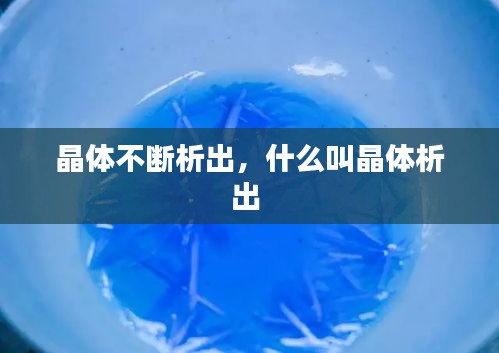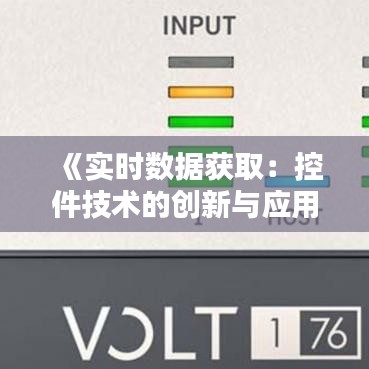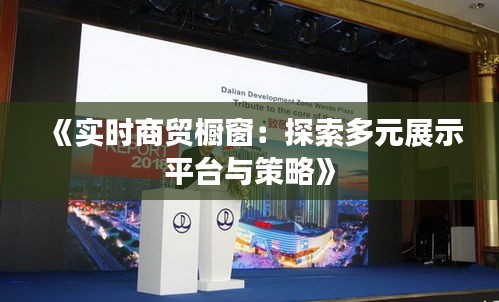<!DOCTYPE html>
<html lang="en">
<head>
<meta charset="UTF-8">
<meta name="viewport" content="width=device-width, initial-scale=1.0">
<title>Crystal Continuous Precipitation</title>
</head>
<body>
<h1>Crystal Continuous Precipitation: A Marvelous Process in Nature and Industry</h1>
<h2>The Essence of Crystal Precipitation</h2>
<p>Crystal precipitation is a fundamental process in both the natural world and various industrial applications. At its core, it involves the transformation of a substance from a liquid state to a solid state, forming crystals. This process is driven by the desire of particles to arrange themselves in an orderly, symmetrical, and energy-efficient manner. Crystals, with their well-defined geometric shapes, are the result of this natural ordering process.</p>
<h2>Natural Crystal Precipitation</h2>
<p>In nature, crystal precipitation is a common phenomenon. It plays a crucial role in the formation of numerous geological structures, including rocks, minerals, and even gemstones. For example, quartz crystals form through the slow cooling of molten rock, a process that can take thousands to millions of years. Similarly, the beautiful patterns found in snowflakes are a result of water vapor crystallizing into ice in a highly organized manner as it falls from the sky. The variety of shapes and sizes of crystals in nature is a testament to the complexity and elegance of the natural world.</p>
<h2>Industrial Crystal Precipitation</h2>
<p>The industrial application of crystal precipitation is equally diverse and important. It is used in the production of pharmaceuticals, chemicals, metals, and many other materials. For instance, the production of sugar involves the crystallization of sucrose from a sugarcane syrup. The careful control of temperature and cooling rate during this process ensures the formation of pure, well-formed sugar crystals. Similarly, the synthesis of semiconductors in the electronics industry relies on the controlled precipitation of specific materials to form the necessary components.</p>
<h2>Factors Influencing Crystal Precipitation</h2>
<p>The process of crystal precipitation is influenced by several factors. The most critical among these are temperature, concentration, and mixing rate. Temperature affects the rate at which crystals grow, with higher temperatures generally leading to faster growth but also potentially to smaller crystals. Concentration refers to the amount of solute in the solution and plays a role in determining the rate and size of crystal formation. Finally, the mixing rate can influence the uniformity of crystal growth and the overall quality of the final product.</p>
<h2>Controlled Crystal Growth</h2>
<p>In many industrial applications, the control of crystal precipitation is essential for the production of high-quality materials. Techniques such as seeding, where a small crystal is added to a supersaturated solution to initiate the growth of larger crystals, are commonly used. Another method is the use of temperature gradients, where a solution is cooled at different rates to promote the formation of crystals of different sizes. These methods help in achieving the desired crystal size, shape, and purity.</p>
<h2>Applications in Pharmaceuticals</h2>
<p>In the pharmaceutical industry, crystal precipitation is vital for the development of drugs. The physical and chemical properties of the crystals can greatly influence the efficacy and bioavailability of a drug. By controlling the crystal growth process, pharmaceutical companies can ensure that their products meet the necessary quality standards. The formation of crystals during the production of APIs (Active Pharmaceutical Ingredients) is carefully monitored and controlled to guarantee the safety and effectiveness of the final product.</p>
<h2>Environmental Impact</h2>
<p>Crystal precipitation also has implications for environmental science. In some cases, the presence of heavy metals or other contaminants can lead to the formation of harmful crystals that accumulate in soil or water systems. Understanding the factors that influence crystal precipitation in environmental settings is crucial for mitigating potential ecological risks and for the remediation of contaminated sites.</p>
<h2>Conclusion</h2>
<p>The continuous precipitation of crystals is a fascinating and essential process in both natural and industrial settings. From the formation of the Earth's geological structures to the production of vital materials for modern technology, the orderly arrangement of particles into crystalline structures plays a critical role. By studying and controlling this process, scientists and engineers can harness its potential for a wide range of applications, from pharmaceuticals to electronics, and contribute to the betterment of society.</p>
</body>
</html>转载请注明来自安平县港泽丝网制造有限公司,本文标题:《晶体不断析出,什么叫晶体析出 》
百度分享代码,如果开启HTTPS请参考李洋个人博客











 冀ICP备2020022719号-3
冀ICP备2020022719号-3
还没有评论,来说两句吧...